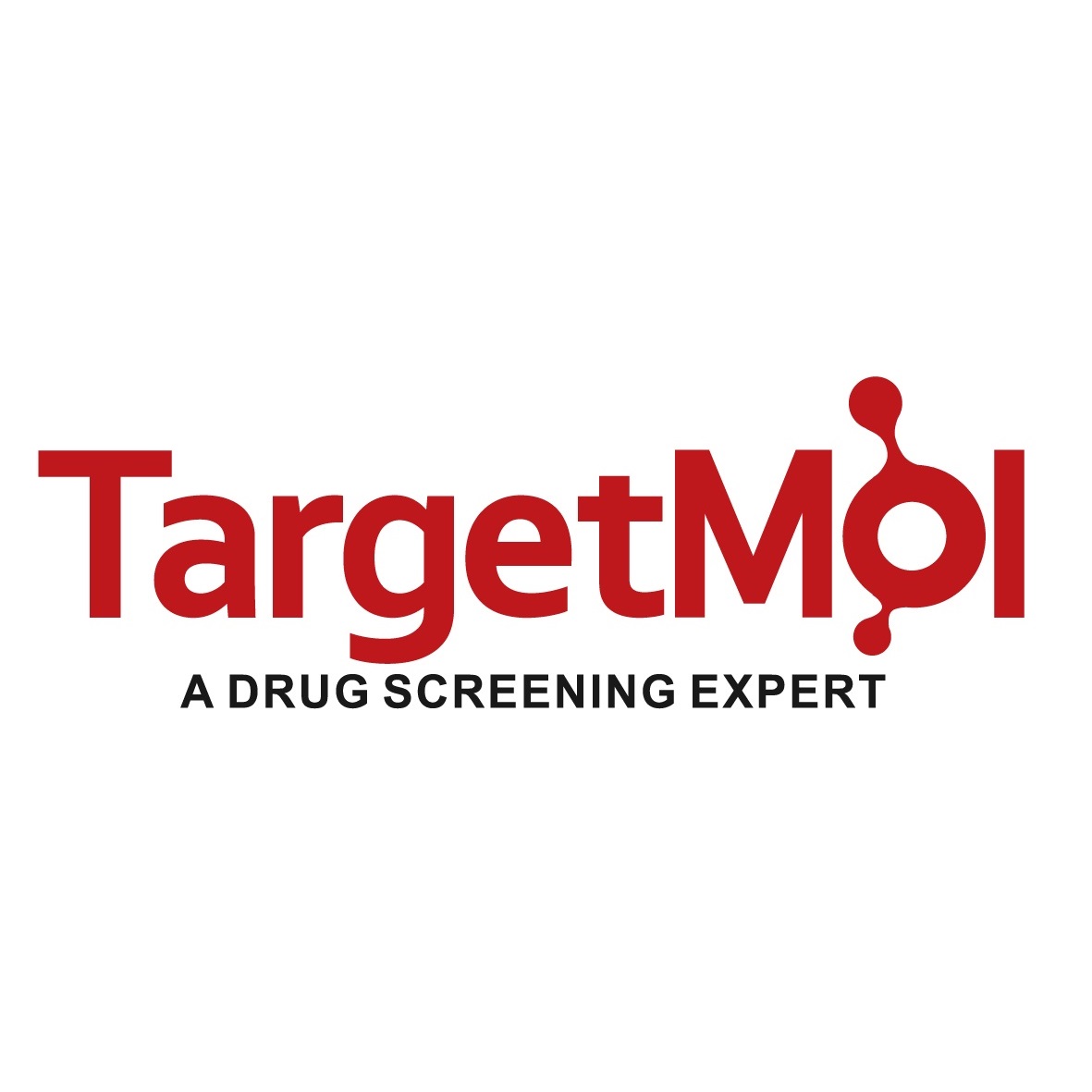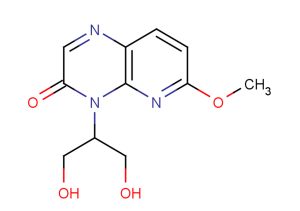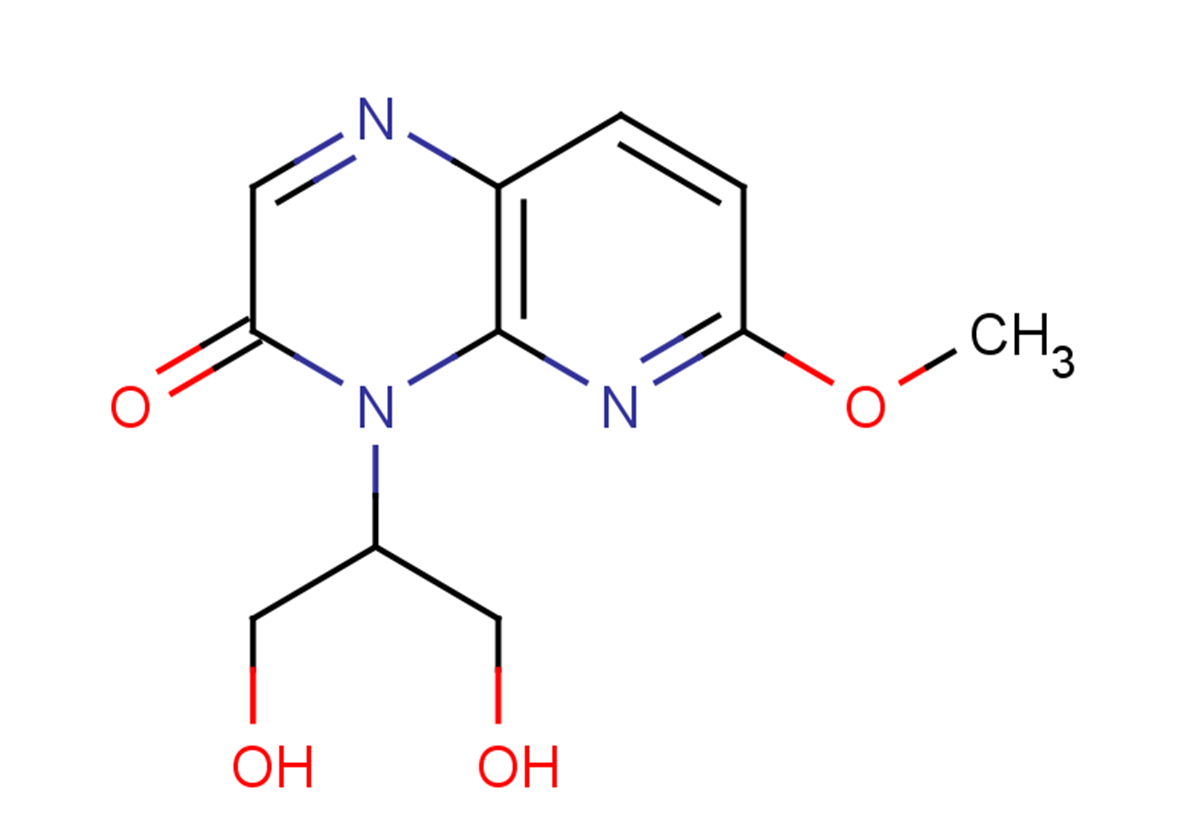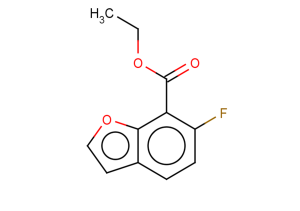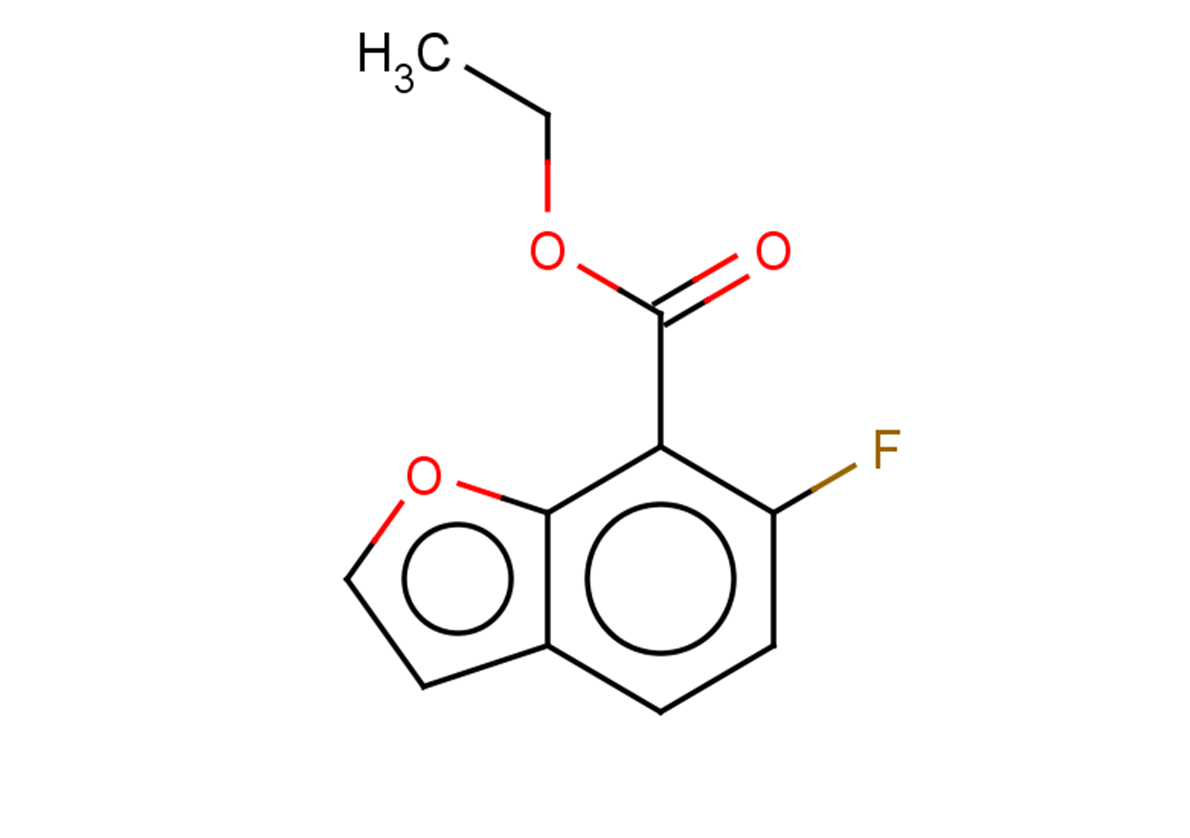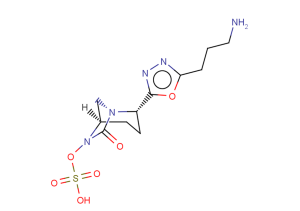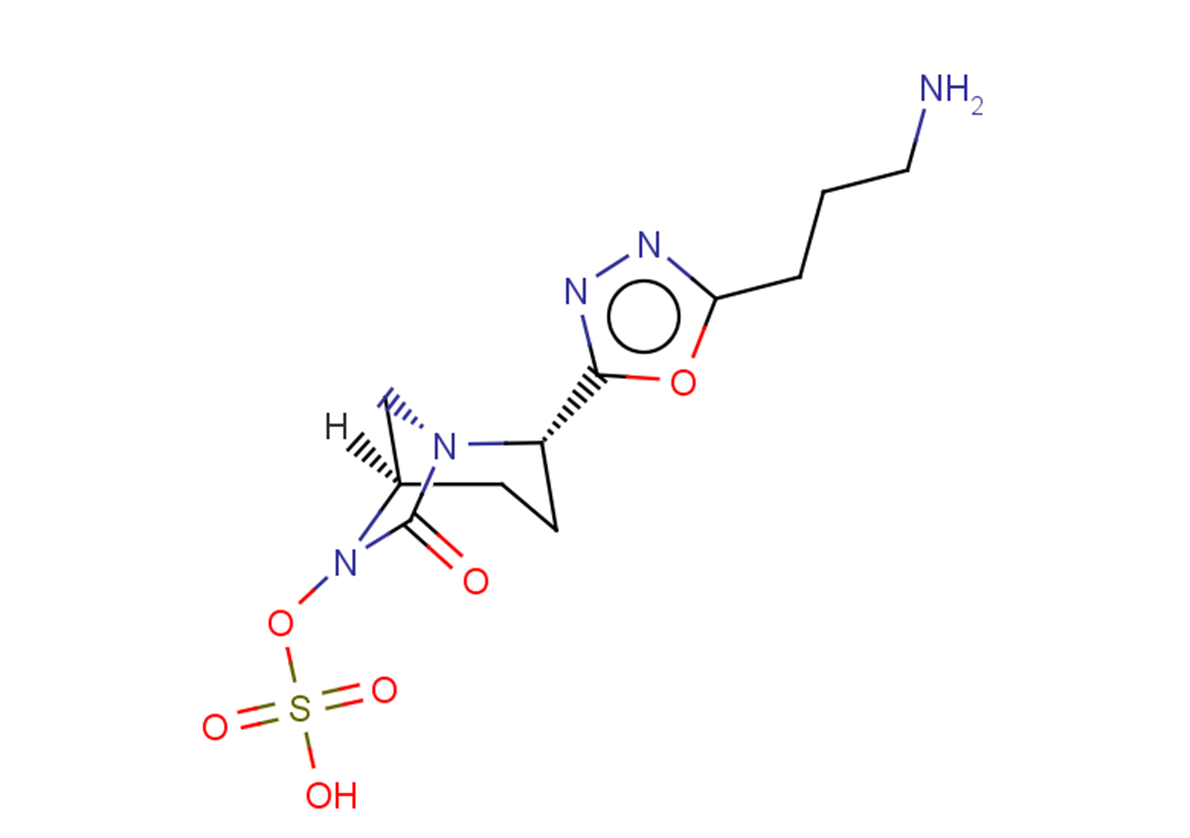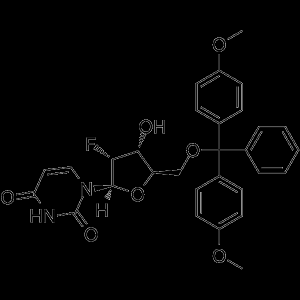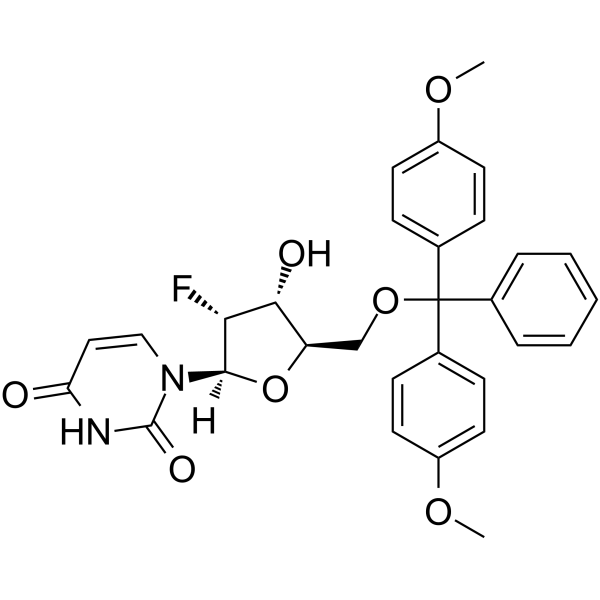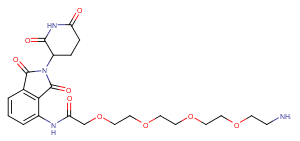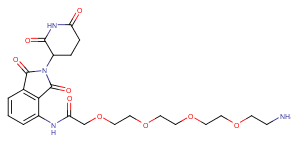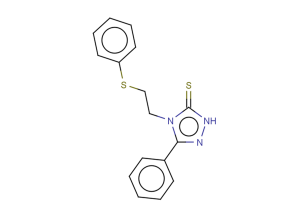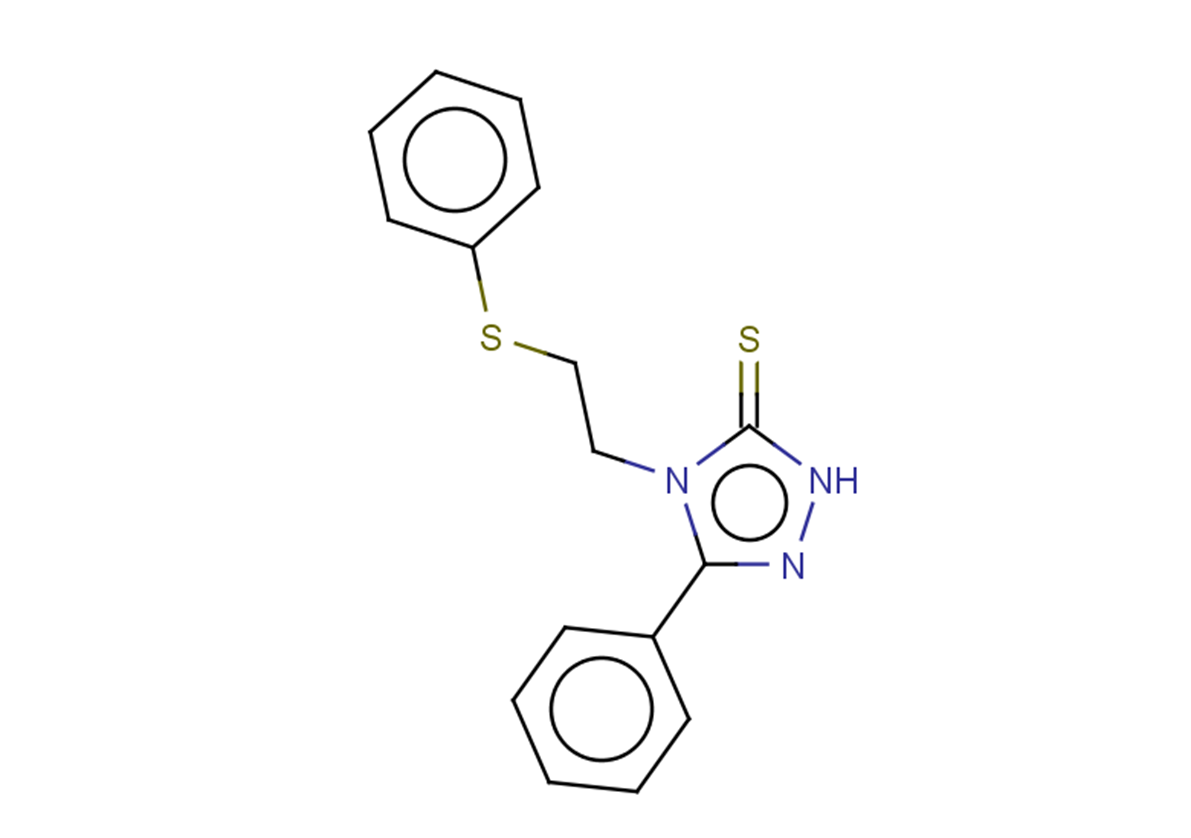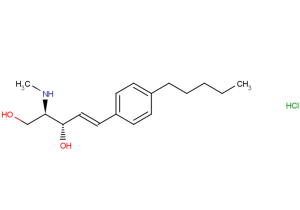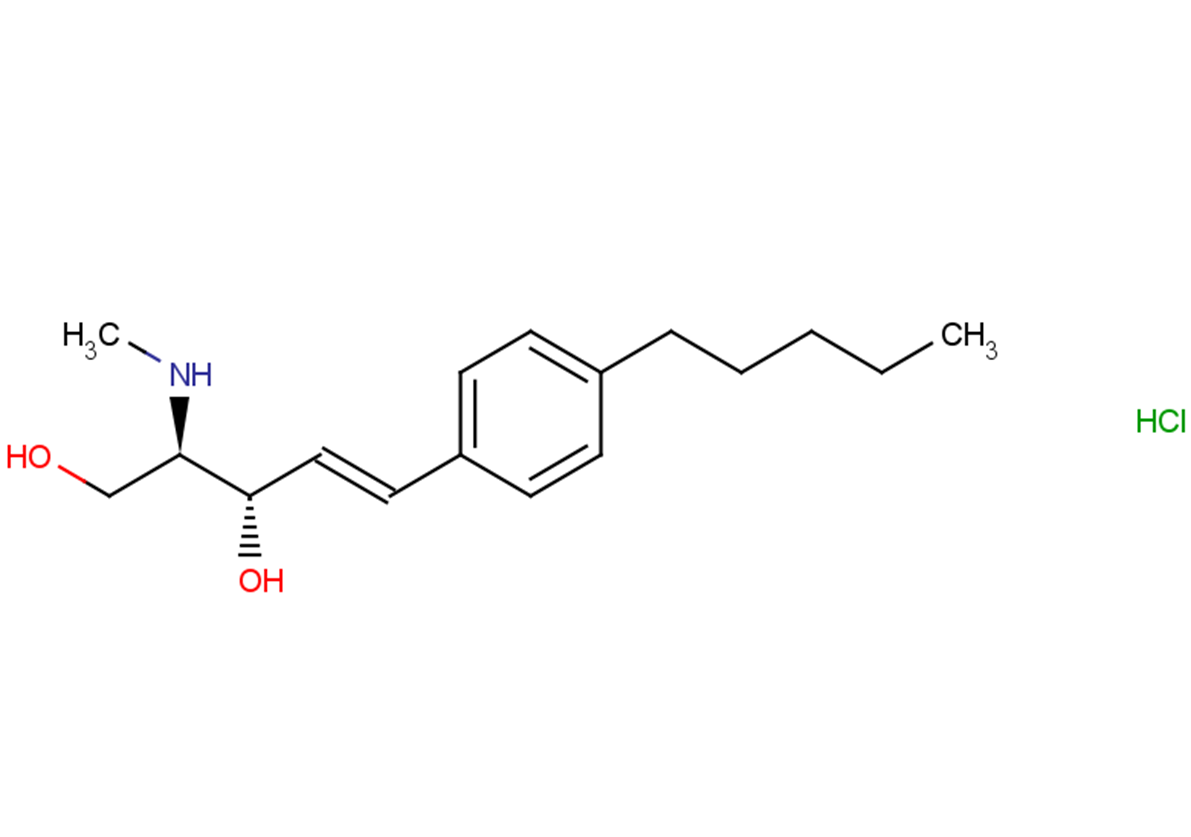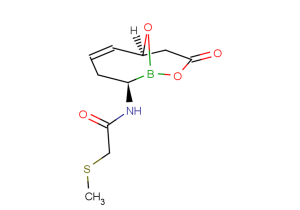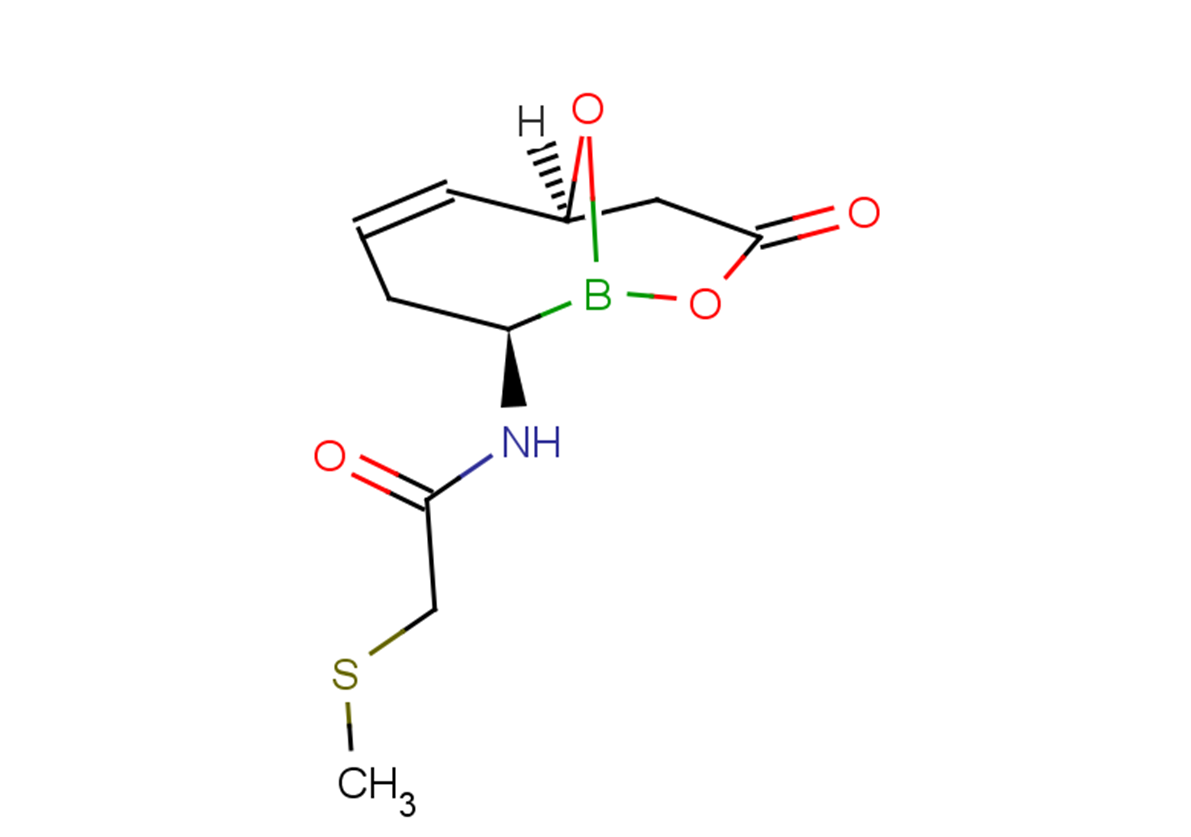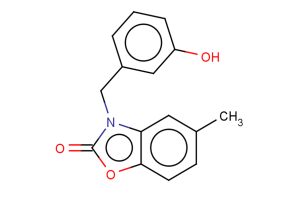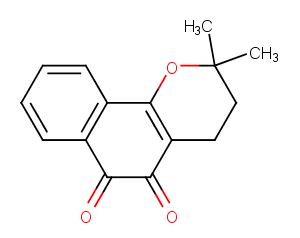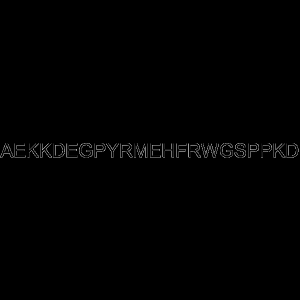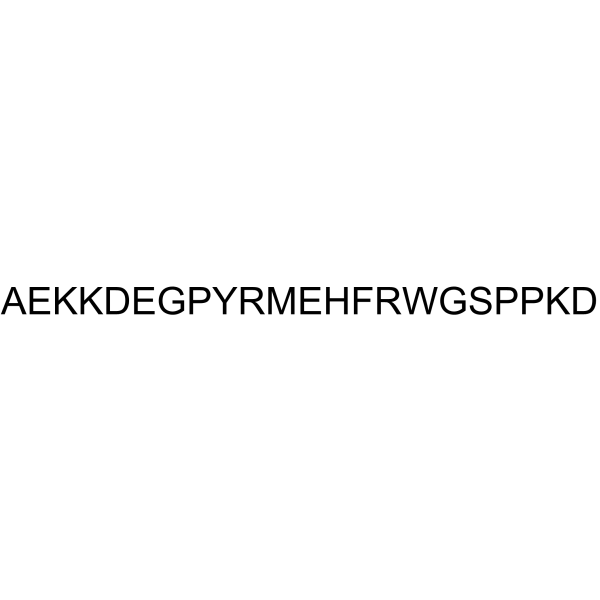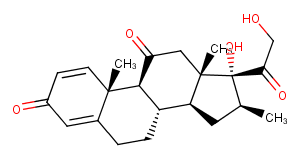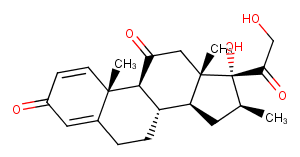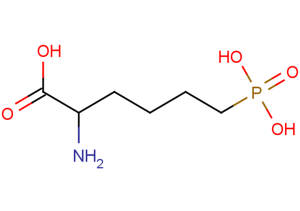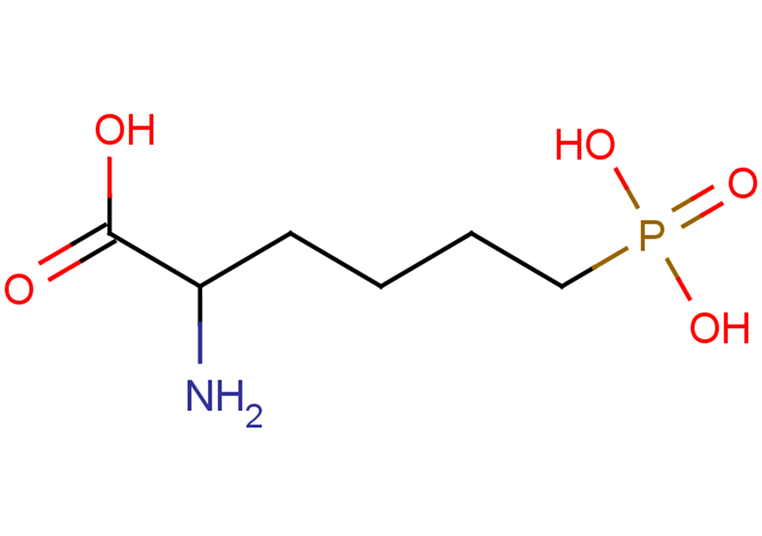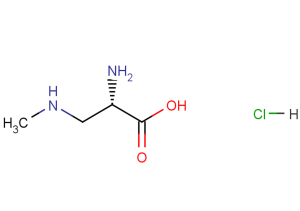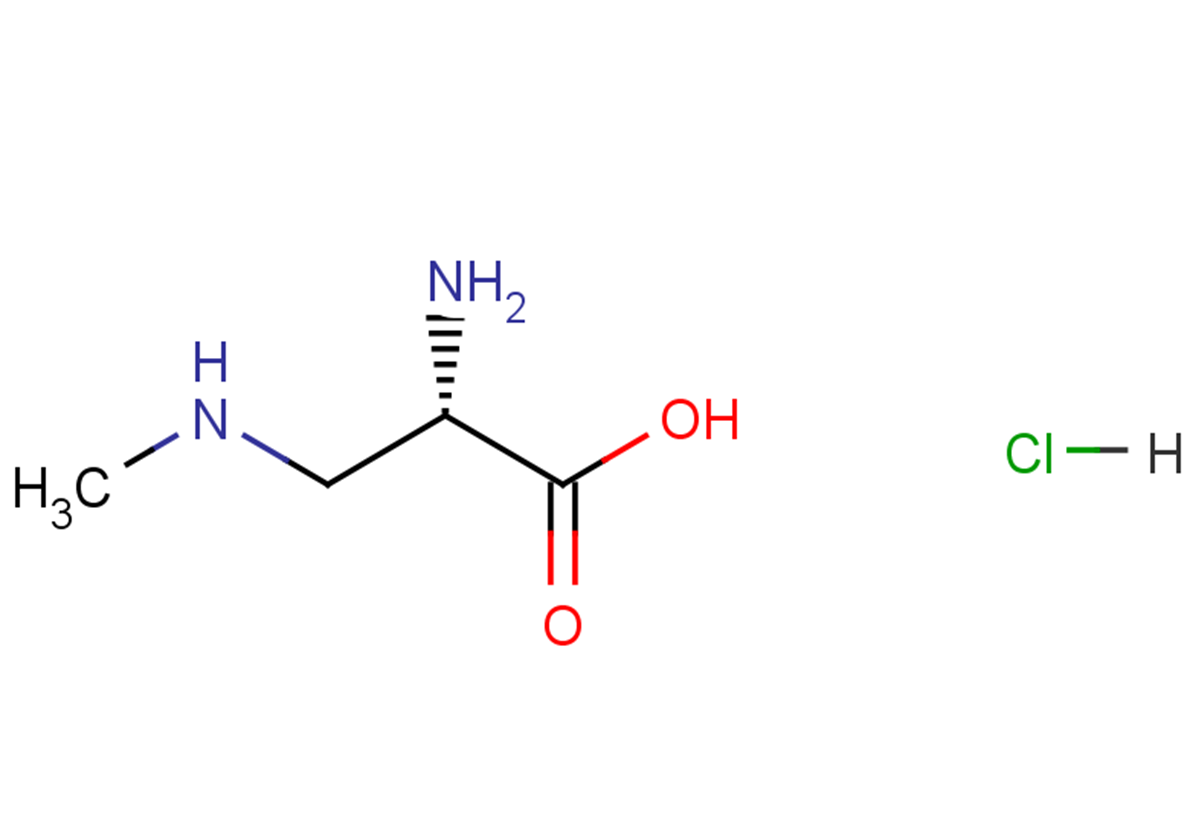TargetMol
TargetMol
TargetMol
TargetMol
TargetMol
TargetMol
TargetMol
TargetMol
TargetMol
TargetMol
TargetMol
TargetMol
TargetMol
β-Lactamase-IN-4 (WO2013149121A1, compound 708) is a potent β-lactamase inhibitor. It serves as a valuable tool in the investigation of bacterial infections.
More Information
Supplier Page
TargetMol
β-Lactamase-IN-5, a β-lactamase inhibitor isolated from compound 720, as described in patent WO2013149121A1, holds significant potential for studying bacterial infections.
More Information
Supplier Page
TargetMol
TargetMol
β-Lactamase-IN-7 (compound 14) effectively inhibit Klebsiella pneumoniae that is a potent inhibitor of VIM-Type metallo-β-lactamase with Ki values of 1.26 μM and 0.54 μM for VIM-1 and VIM-4, respectively [1].
More Information
Supplier Page
TargetMol
β-Lactamase-IN-7 (compound 14) effectively inhibit Klebsiella pneumoniae that is a potent inhibitor of VIM-Type metallo-β-lactamase with Ki values of 1.26 μM and 0.54 μM for VIM-1 and VIM-4, respectively [1].
More Information
Supplier Page
TargetMol
β-Lactamase-IN-7 (compound 14) effectively inhibit Klebsiella pneumoniae that is a potent inhibitor of VIM-Type metallo-β-lactamase with Ki values of 1.26 μM and 0.54 μM for VIM-1 and VIM-4, respectively [1].
More Information
Supplier Page
TargetMol
β-Lactamase-IN-8 (compound 20) is a potent and oral bioavailable broad-spectrum cyclic boronate β-lactamase inhibitor that can be used for researching antibacteria [1].
More Information
Supplier Page
TargetMol
β-Lactamase-IN-8 (compound 20) is a potent and oral bioavailable broad-spectrum cyclic boronate β-lactamase inhibitor that can be used for researching antibacteria [1].
More Information
Supplier Page
TargetMol
β-Lactamase-IN-8 (compound 20) is a potent and oral bioavailable broad-spectrum cyclic boronate β-lactamase inhibitor that can be used for researching antibacteria [1].
More Information
Supplier Page
TargetMol
β-Lapachone (ARQ-501) is a specific DNA topoisomerase I inhibitor, and no inhibitory activities against DNA topoisomerase II or ligase.
More Information
Supplier Page
TargetMol
β-Lapachone (ARQ-501) is a specific DNA topoisomerase I inhibitor, and no inhibitory activities against DNA topoisomerase II or ligase.
More Information
Supplier Page
TargetMol
β-Lapachone (ARQ-501) is a specific DNA topoisomerase I inhibitor, and no inhibitory activities against DNA topoisomerase II or ligase.
More Information
Supplier Page
TargetMol
β-Lapachone (ARQ-501) is a specific DNA topoisomerase I inhibitor, and no inhibitory activities against DNA topoisomerase II or ligase.
More Information
Supplier Page
TargetMol
β-Lapachone (ARQ-501) is a specific DNA topoisomerase I inhibitor, and no inhibitory activities against DNA topoisomerase II or ligase.
More Information
Supplier Page
TargetMol
β-Lapachone (ARQ-501) is a specific DNA topoisomerase I inhibitor, and no inhibitory activities against DNA topoisomerase II or ligase.
More Information
Supplier Page
TargetMol
β-Lapachone (ARQ-501) is a specific DNA topoisomerase I inhibitor, and no inhibitory activities against DNA topoisomerase II or ligase.
More Information
Supplier Page
TargetMol
β-Lapachone (ARQ-501) is a specific DNA topoisomerase I inhibitor, and no inhibitory activities against DNA topoisomerase II or ligase.
More Information
Supplier Page
TargetMol
TargetMol
TargetMol
TargetMol
TargetMol
Stimulating -Melanocyte Stimulating Hormone (MSH), human TFA, is a 22 peptide and is an endogenous melanocortin-4 receptor.MC4 – R) agonists.
More Information
Supplier Page
TargetMol
Stimulating -Melanocyte Stimulating Hormone (MSH), human TFA, is a 22 peptide and is an endogenous melanocortin-4 receptor.MC4 – R) agonists.
More Information
Supplier Page
TargetMol
Stimulating -Melanocyte Stimulating Hormone (MSH), human TFA, is a 22 peptide and is an endogenous melanocortin-4 receptor.MC4 – R) agonists.
More Information
Supplier Page
TargetMol
β-Melanocyte Stimulating Hormone (MSH), human TFA, a 22-residue peptide, acts as an endogenous melanocortin-4 receptor ( MC4-R ) agonist [1] .
More Information
Supplier Page
TargetMol
β-Melanocyte Stimulating Hormone (MSH), human TFA, a 22-residue peptide, acts as an endogenous melanocortin-4 receptor ( MC4-R ) agonist [1] .
More Information
Supplier Page
TargetMol
β-Methyl L-aspartate hydrochloride is an aspartic acid derivative that is used in the synthesis of a variety of compounds and has been implicated in body immunity and metabolism.
More Information
Supplier Page
TargetMol
β-Methylcrotonyl coenzyme A lithium is an intermediate in leucine metabolism and can be used as a substrate to study the specificity and kinetics of β-methylcrotonyl coenzyme A carboxylase (MCCase) [1] .
More Information
Supplier Page
TargetMol
β-Methylcrotonyl coenzyme A lithium is an intermediate in leucine metabolism and can be used as a substrate to study the specificity and kinetics of β-methylcrotonyl coenzyme A carboxylase (MCCase) [1] .
More Information
Supplier Page
TargetMol
β-N-Acetyl-D-hexosaminidase-IN-1 is a newly discovered chemical compound that acts as an inhibitor for β-N-acetyl-D-hexosaminidase. It exhibits a Ki value of 3.72 μM, indicating its potency in inhibiting the enzyme’s activity.
More Information
Supplier Page
TargetMol
β-N-Acetyl-D-hexosaminidase-IN-1 is a newly discovered chemical compound that acts as an inhibitor for β-N-acetyl-D-hexosaminidase. It exhibits a Ki value of 3.72 μM, indicating its potency in inhibiting the enzyme’s activity.
More Information
Supplier Page
TargetMol
β-N-Acetyl-D-hexosaminidase-IN-1 is a newly discovered chemical compound that acts as an inhibitor for β-N-acetyl-D-hexosaminidase. It exhibits a Ki value of 3.72 μM, indicating its potency in inhibiting the enzyme’s activity.
More Information
Supplier Page
TargetMol
β-N-Acetylhexosaminidase is an exoglycosidase that catalyzes the hydrolysis of terminal non-reducing β-N-acetylgalactosamine and glucosamine residues in oligosaccharides for epigenetic applications [1] .
More Information
Supplier Page
TargetMol
β-N-Acetylhexosaminidase is an exoglycosidase that catalyzes the hydrolysis of terminal non-reducing β-N-acetylgalactosamine and glucosamine residues in oligosaccharides for epigenetic applications [1] .
More Information
Supplier Page
TargetMol
β-N-methylamino-L-alanine hydrochloride (L-BMAA hydrochloride) is a neurotoxin produced by cyanobacteria. L-BMAA hydrochloride could cause amyotrophic lateral sclerosis (ALS) and possibly other neurodegenerative diseases.
More Information
Supplier Page
TargetMol
β-N-methylamino-L-alanine hydrochloride (L-BMAA hydrochloride) is a neurotoxin produced by cyanobacteria. L-BMAA hydrochloride could cause amyotrophic lateral sclerosis (ALS) and possibly other neurodegenerative diseases.
More Information
Supplier Page
TargetMol
β-N-methylamino-L-alanine hydrochloride (L-BMAA hydrochloride) is a neurotoxin produced by cyanobacteria. L-BMAA hydrochloride could cause amyotrophic lateral sclerosis (ALS) and possibly other neurodegenerative diseases.
More Information
Supplier Page
TargetMol
β-N-methylamino-L-alanine hydrochloride (L-BMAA hydrochloride) is a neurotoxin produced by cyanobacteria. L-BMAA hydrochloride could cause amyotrophic lateral sclerosis (ALS) and possibly other neurodegenerative diseases.
More Information
Supplier Page
